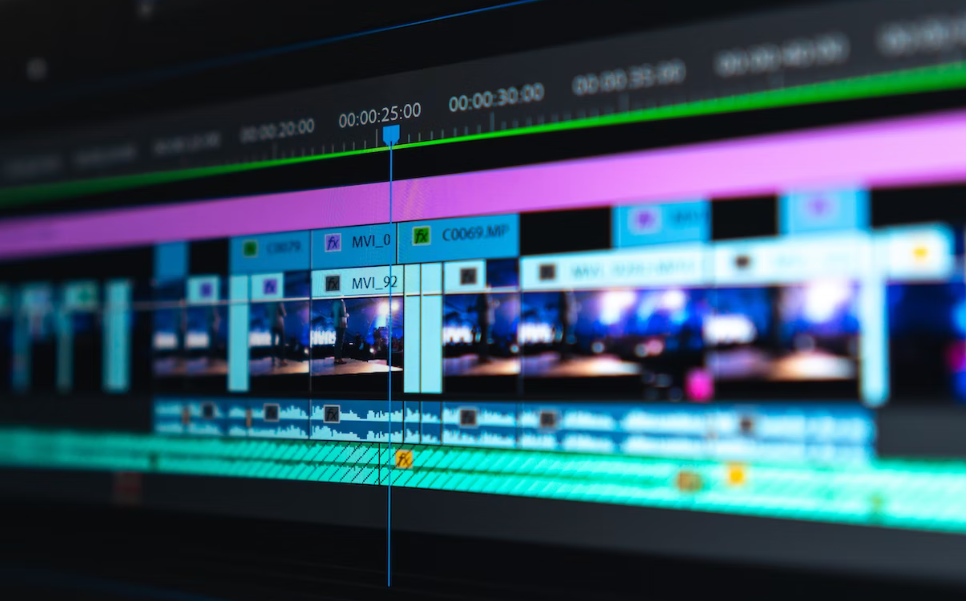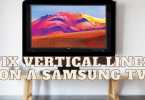 The term rendering has several meanings. On the one hand, when a computer is processing a three-dimensional image, we call it rendering. On the other hand, “Rendering” is also what we call the product of that processing. Just like a person may do a little painting, the object they create is also called a painting. You are here because you want your renders to look a little more realistic. Here are a few generalized tips that you can work into your design process.
The term rendering has several meanings. On the one hand, when a computer is processing a three-dimensional image, we call it rendering. On the other hand, “Rendering” is also what we call the product of that processing. Just like a person may do a little painting, the object they create is also called a painting. You are here because you want your renders to look a little more realistic. Here are a few generalized tips that you can work into your design process.
Contents
- 1 1 – Realism and Representation Are Very Different Things
- 2 2 – Be Careful When Adding Sharp Edges
- 3 3 – Remove a Few Details and Beware of the Field of View
- 4 4 – Test, Test, and Test Again
- 5 5 – Add In Some Dirt and Very Mild Imperfections
- 6 6 – Try a Wide Variety of Different Angles
- 7 7 – Add Light Last and Always Add it in the Setting
1 – Realism and Representation Are Very Different Things
This is a trickier one to explain to students who work in architecture and creative arts schools. Many times, the visual representation of something is not the metric numbers reality of the situation. Students will create their designs based on the sizes they plotted, and their renders look nothing like what they intended. This is mostly due to field of view and depth of view, which is touched upon again in this article, but suffice it to say, if you are creating a visual representation, then you need to adjust a few things for impact. If you are creating a solid and mapped plan, then stick to the sizes you have.
If you are trying to represent an idea or a design, you may need to make a few things bigger, a few things smaller, a few things narrower, blurrier, darker, and so forth if you want them to look more realistic. Remember that a perfectly proportioned plan, will “Look” like a plan, no matter how many details you add.
Also read: Creating an Ethical Pay Structure for Your Tech Startup
2 – Be Careful When Adding Sharp Edges
The tip above suggested you make some parts of your render blurry. People do this because the eye cannot naturally focus on everything, but renders reproduce everything, and it makes the images look fake. For example, you have probably been told to dull your sharp edges. This isn’t because it makes them look more realistic, it is because, in real life, it is difficult to see very sharp edges unless you are very close. Even game designers who create worlds to interact with, even they will add blurry items in the distance because that is how we naturally see the real world.
3 – Remove a Few Details and Beware of the Field of View
This is a similar tip to those above. Sometimes, adding blur is not the best option. Sometimes, you simply need to remove details. For example, if you have a wall full of dots, and it runs all the way into the distance. The dots will become smaller and less detailed, and eventually, the dots will not be visible. Leaving details like these on your renders is what makes them look fake.
4 – Test, Test, and Test Again
Grab a third-party rendering service like RebusFarm, and test, test, test your designs. You are not painting a masterpiece. You don’t have to live with your brush strokes forever. If something looks a little off, change the design again, send it off to be rendered, and check its quality when it returns. Honestly, in this day and age, you can trial and error your way to success.
5 – Add In Some Dirt and Very Mild Imperfections
Some people go way overboard on this sort of thing and create what looks like a teenager’s alien isolation game design. Very mild imperfections add a bit of reality. If you have pure white walls on your render, then add a tiny area where it is slightly eggshell white. Imagine in real life, perhaps the painter accidentally went over that bit twice because the primer didn’t take as well. If you are designing something new, then keep it shiny, but add non-perfect items in the reflections. Perhaps the motorbike windscreen is reflecting a deciduous tree that is losing its leaves. Perhaps a little gravel dust is touching the very bottom of the tires.
6 – Try a Wide Variety of Different Angles
If you are creating still renders, then trying different angles will help you generate the best-looking images. Try several angles and directions and come back to them a day later to see which look good. Also, ask other people which angles look the best. Also, remember that different angles reflect different light sources and colors. If you take an angle from the back of a house, then the blue from the pool may cause a different color on the white walls. A higher elevation may eliminate more shadows and a lower elevation may make the subject look bigger than it is.
More from us: Pros and cons of thermal cameras?
7 – Add Light Last and Always Add it in the Setting
Light has the magic ability to make things look big and small, to make things look vibrant and dull. That is why you need to add light last, and you need to do it after you have placed it in your setting. For example, if you are putting a motorbike on a photo of a lawn, then light the bike correctly after placing it on the photographed lawn. That way, you can match the light levels in the picture and create a more realistic-looking bike that looks like it belongs where it is.






